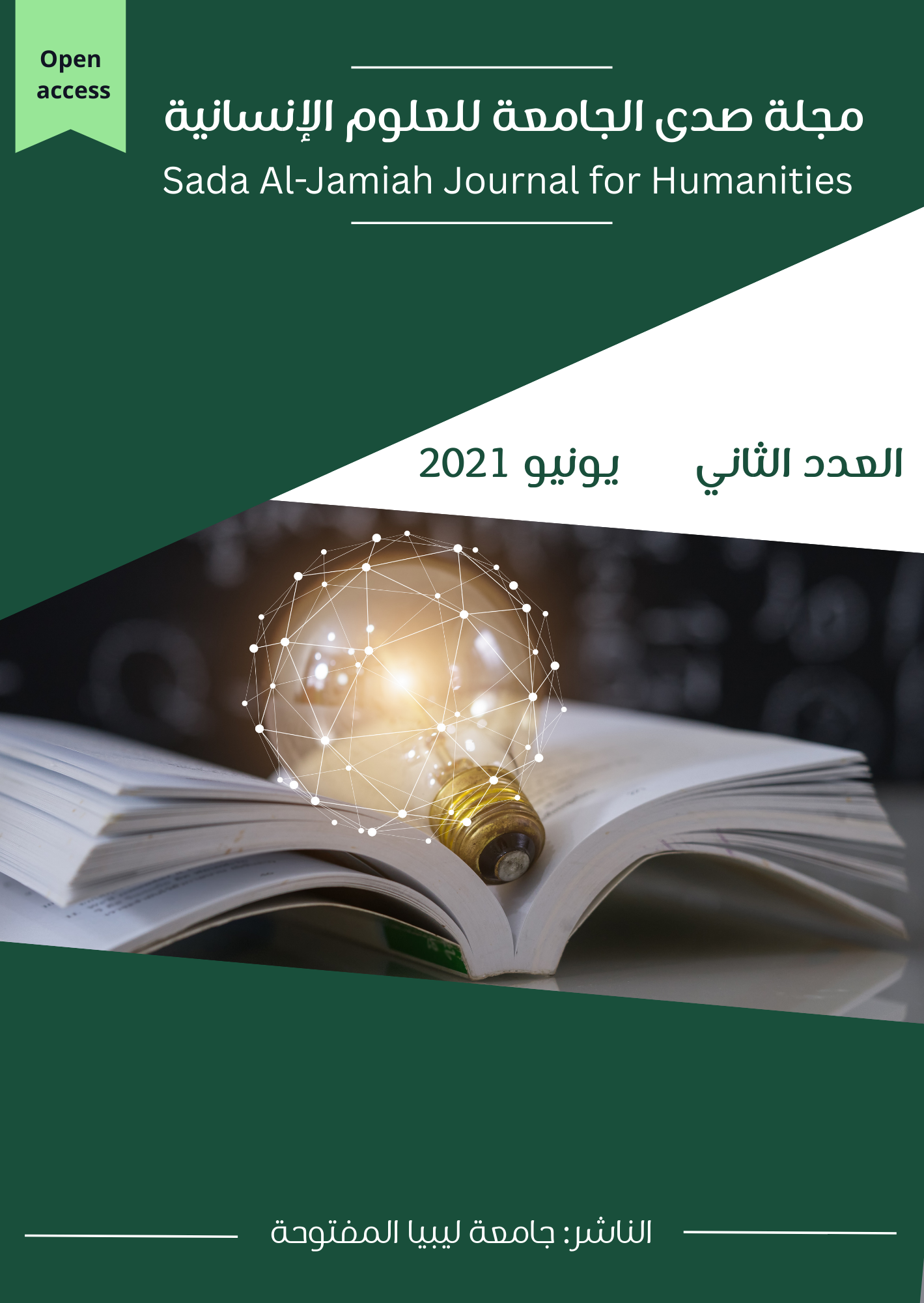Effect of Four Trichoderma Species on Growth and Development of Rhizoctonia solani, Isolated from Potato (cv. Spunta), Infected with Black Scurf Disease
Keywords:
Potato, fungal bioagents, antagonism, parasitism, Trichoderma, biological control, black scurf diseaseAbstract
This study investigates the antagonistic effects of four Trichoderma species (T. harzianum, T. viride, T. longibrachiatum, and T. album) on the growth and development of Rhizoctonia solani, a fungal pathogen isolated from infected potato tubers (cv. Spunta) suffering from black scurf disease. Dual culture methods along with volatile and non-volatile compound analysis were used to assess interactions between the Trichoderma species and R. solani. All four species significantly inhibited the growth of R. solani, although with varying degrees of effectiveness. T. harzianum was the most potent, showing the highest inhibition rate and mycelial overgrowth capacity. The antagonists also suppressed sclerotia formation. The study concludes that T. harzianum and other Trichoderma species have strong potential as biological control agents against R. solani, offering a sustainable alternative to chemical fungicides for potato disease management.







